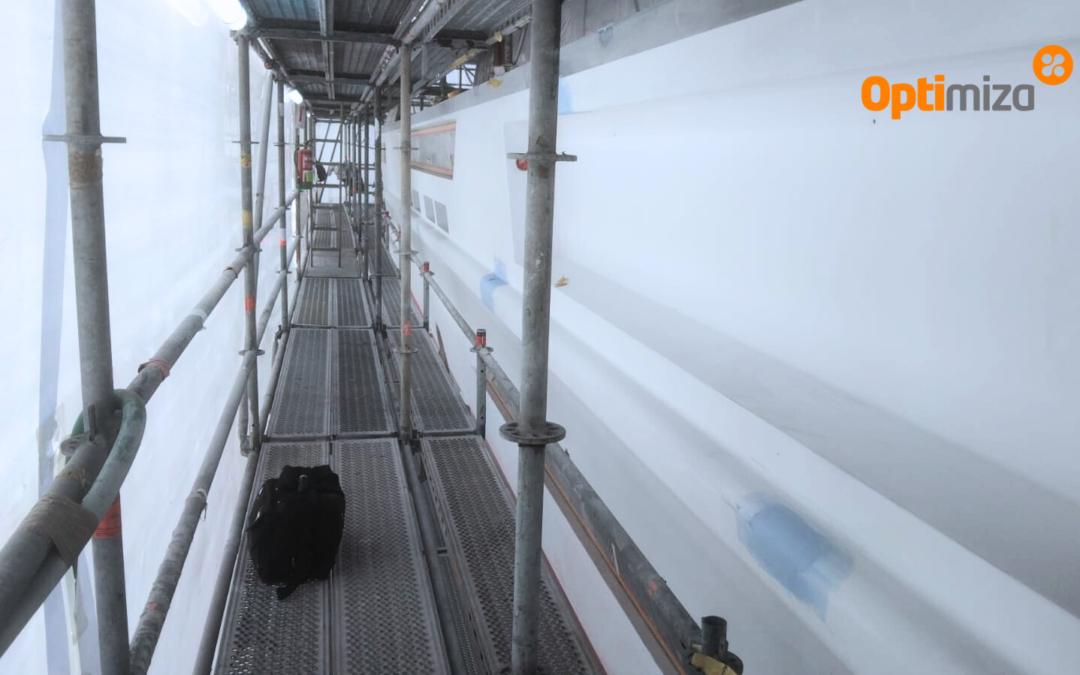Solvents play a fundamental role in the formulation of paints, influencing key aspects such as the quality of the final product, its applicability and the associated environmental impact. To ensure the compatibility of solvents with paints, it is important to carry out a detailed characterisation of their molecular structure. This characterisation includes the evaluation of factors such as polarity, solubility, volatility and interaction with other paint components.
In addition, tests in independent laboratories allow the composition of solvents to be analysed, identifying possible impurities or harmful components that could affect the quality and safety of the final product. Likewise, the evaluation of physico-chemical properties such as density, viscosity, boiling point and flash point is vital to ensure safety during storage and application of paints.
The safety and toxicity of solvents are also key issues to consider. Specialised tests can assess the acute, chronic and environmental toxicity of solvents, ensuring that they are safe for users and the environment. Also, measuring volatile organic compound (VOC) emissions from solvent-based paints is essential to comply with environmental regulations and reduce the impact on air quality.
Finally, validation of compliance with quality, safety and environmental standards is a crucial step in the process of optimising solvents in paints. Independent laboratory testing ensures that paints comply with regulations set by regulatory bodies, promoting responsible innovation and environmental sustainability in the coatings industry.

